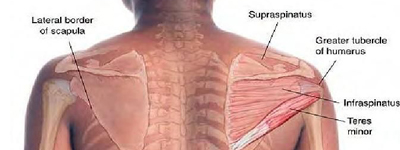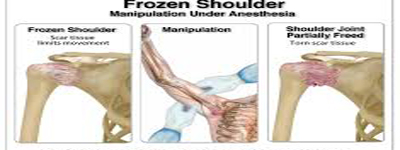
Frozen shoulder, also called adhesive capsulitis, is a condition that causes severe shoulder pain and stiffness making it difficult to move the shoulder. Initially it starts with a shoulder pain that lasts for months and increases in severity with time. Ayurvedic treatments for Frozen Shoulder include therapies such as abhyangam, kizhi, pizhichil, nasyam, and basti.
The bones of shoulder are held in place by ligaments that are covered by a capsule. The inflammation of capsule containing ligament tissues and shoulder bone is thought to be the main cause of Frozen Shoulder. An inflamed ligament further thickens and becomes stiff making it hard to move the shoulder. Apart from the inflammation of ligaments some more factors mentioned below can also cause Frozen Shoulder.
Frozen shoulder develops over time with main symptom being pain and stiffness in shoulder region. People with Frozen Shoulder also report inability to move the shoulder. Common symptoms of frozen shoulder
• Severe pain
• Pain on moving the shoulder in initial stage
• Difficulty moving the shoulder in later stage
• Stiffness in shoulder region
• Restricted movement
• Hormonal changes especially in menopause


Treatment mostly involves a physical therapy. Medications are given to manage the symptoms better. A surgery may be needed in some cases when the joint gets displaced. Home preventive care is most important for management of this condition.
Mild stretching exercises are taught to increase the movement of the shoulders. Being the most used treatment mode for frozen shoulder, physical therapy aims to stretch the joints of the shoulder, to regain lost motion. Gentle exercises are prescribed by the doctor and it might take a few months for the condition to cure
If your frozen shoulder is the result of an injury, it is always suggested that the surgery be done within a few weeks of the occurrence of the injury, for the best possible recovery and relief. Often, two surgeries are carried out. In the first procedure called manipulation under anesthesia, your arms are moved into positions that stretch the tissues, while you are under the effect of anesthesia. In the second procedure, an arthroscope is used to cut through the tight and scarred tissues.